When the St Andrews New Picture House recently closed its doors, ahead of reopening as a sports bar next summer, it triggered a wave of nostalgia and frustration among locals on social media.
Residents shared memories of childhood cinema outings, lamenting not just the loss of a cherished institution but what they perceive as a deeper, more troubling shift in the town’s identity.
For some, St Andrews is increasingly catering to tourists, golfers, and students at the expense of the local community.
The town’s charm, defined by its tight-knit local population and historical roots, appears to be eroding under the weight of rising property prices, gentrification, and external pressures.
Others point out that students and tourists are vital to the local economy, bringing life and income to businesses that might otherwise struggle.
Their presence supports jobs and sustains much of what makes St Andrews a thriving destination.
But can St Andrews balance these competing interests, or is it truly witnessing the ‘death of community’ as local families are increasingly forced out?
St Andrews ‘locals’ concerned there are ‘no homes for young people’
Internationally renowned marine archaeologist Neil Cunningham Dobson is a member of St Andrews Community Council with centuries-old family roots in St Andrews.
Speaking as a “local” rather than a community council member, he says “it is a worry” how the town is turning out, and it’s been decades in the making.
“St Andrews is unique within Fife and there is no place like it in Scotland,” he says.
“But St Andrews is a different town now than it was in the 1970s.
“If we went back to then, the town would be winning loads of awards for local businesses and local produce.
“The town has reached a point where there are more students than locals.
“There is an increase in tourism. The infrastructures to support all this are struggling.
“Even though the town is growing, there are no homes for young people.”
What are the main issues threatening community in St Andrews?
Describing housing as the “main issue” eroding community, Mr Dobson highlighted the high number of short term lets and Airbnbs in St Andrews.
He said rents are high, new housing is expensive and there’s a lack of new council properties.
His two sons and daughter can’t afford to rent or buy in the town – and they are not alone.
“Some people’s perception of the town is that we are all wealthy,” he says.
“But that is not the case. It’s a cash cow for Fife Council. Many feel that Fife Council don’t really understand the needs of the town.
“What the people of the town want is different from what Fife Council feel the town needs.
“There needs to be more dialogue between the main stakeholders in the town, with Fife Council and most importantly with the local residents.”
St Andrews Community Council vision aims to rebalance town
In an attempt to address these issues, St Andrews Community Council has submitted a Local Place Plan (LPP) to Fife Council, outlining a vision for the town’s future.
The plan aims to ensure St Andrews remains “a welcoming, thriving, connected, and well-integrated town,” with housing for all and appropriate community facilities.
However, achieving this vision will require significant collaboration – and funding – from multiple agencies, including Fife Council.
Following a recent feature spotlighting affordable housing issues for students in St Andrews, The Courier was contacted by a long-time resident who said meaningful action can’t come soon enough.
He described the “reality” of former family homes being let to students, making it increasingly difficult to protect the rights of the local community amidst commercial pressures.
St Andrews streets ‘barren of children’
One striking aspect, he noted, is that streets where he lives are increasingly “barren of children”.
“There is a direct impact on the community due to the loss of family housing because of HMOs and short-term lets,” he said.
“Council policies seem unable to reflect local views, and now over 10% of the housing stock in my street will be commercial, damaging the social fabric.”
Several reports have highlighted the housing situation in St Andrews.
A 2018 report noted that students made up 54% of the population, with student numbers doubling since the 1990s while the local population shrank by 40%.
Families were leaving, and local primary schools struggled, with the closure of Langlands Primary in 2006 linked to falling school rolls and a lack of affordable housing. Students argue the issues are not their fault.
Fife Council highlights ‘positive contribution’ of students to St Andrews
Fife Council’s head of housing services John Mills said the council is “acutely aware” of the housing pressures in St Andrews and recognise housing solutions for the town need to be multi-faceted.
The St Andrews Town Commission Report on Housing in 2014 was a significant contribution to the debate on how to best relieve the pressures in the area.
However, Mr Mills said they also need to acknowledge that the long-standing presence of undergraduate and postgraduate students attending the university is “overwhelmingly positive, and makes a significant contribution to St Andrews and the local and Fife economy”.
That is why Fife Council works in a “strong partnership” with the university to assist them with a range of accommodation challenges.
Successful policy highlighted
“The council’s interventions to rebalance the housing market and system in St Andrews is designed to maximise housing options for the population,” said Mr Mills.
“The Housing in Multiple Occupation licenses policy adopted some years ago is an attempt to cap the significant increase in the number of HMOs in the town.
“We believe the policy has been successful, but there are still concerns about under occupation of properties and student homelessness. The policy is flexible to take account of year to year pressures.
“What is really needed in the town is the building of many more affordable homes for local people, and more affordable options for students to access.
“The council and Fife Housing Association Alliance are working with private developers to deliver much needed new housing.
“We are also examining options for housing key workers to support local business and shops as part of our current Housing Allocations Policy Review.
“Local people will acknowledge that more house building is now happening in St Andrews, and there will be an increase in affordable houses over the next few years.”
The University of St Andrews position
A spokesperson for the University of St Andrews emphasised the institution’s commitment to social responsibility and sustainability, with a focus on supporting the local community.
Through its University Community Fund, over £270,000 has been awarded to around 160 community projects in St Andrews and Fife since its launch.
The university also provides access to cultural, music, and sports facilities for young people, including through partnerships with local schools and groups.
Additionally, the university says it is addressing local housing challenges, including the completion of a 61-unit affordable housing project, “The Grange,” in partnership with Kingdom Housing Association.
The Eden Campus at Guardbridge has also repurposed a former paper mill, benefitting the local community with new jobs, homes, and facilities.
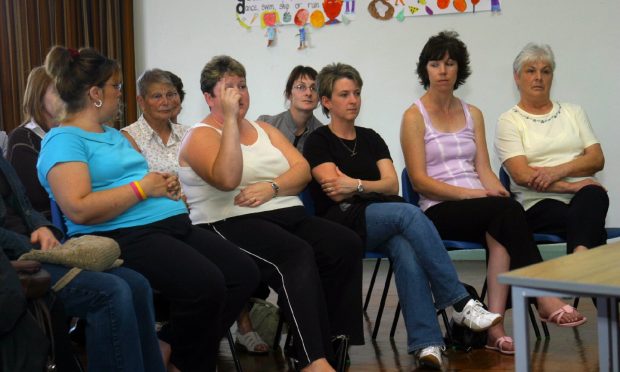
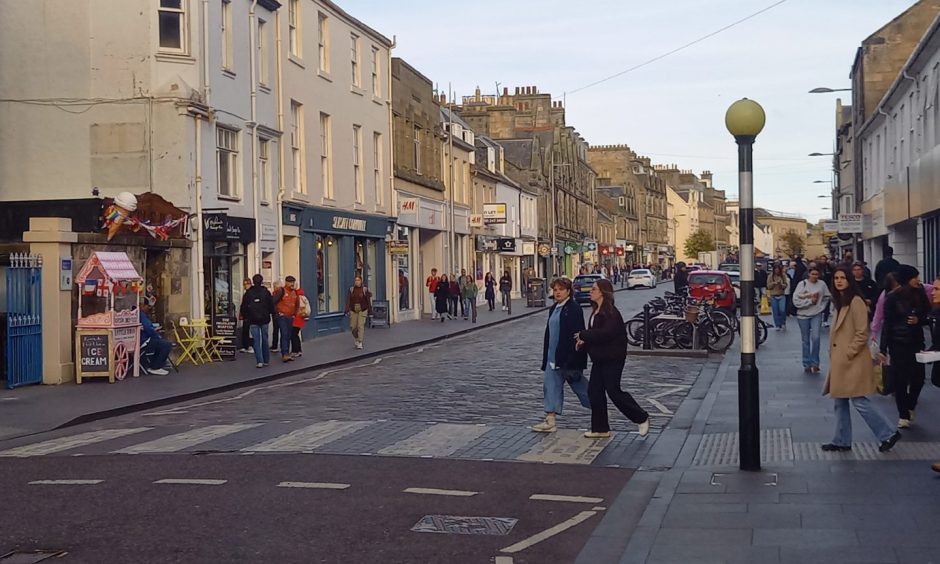

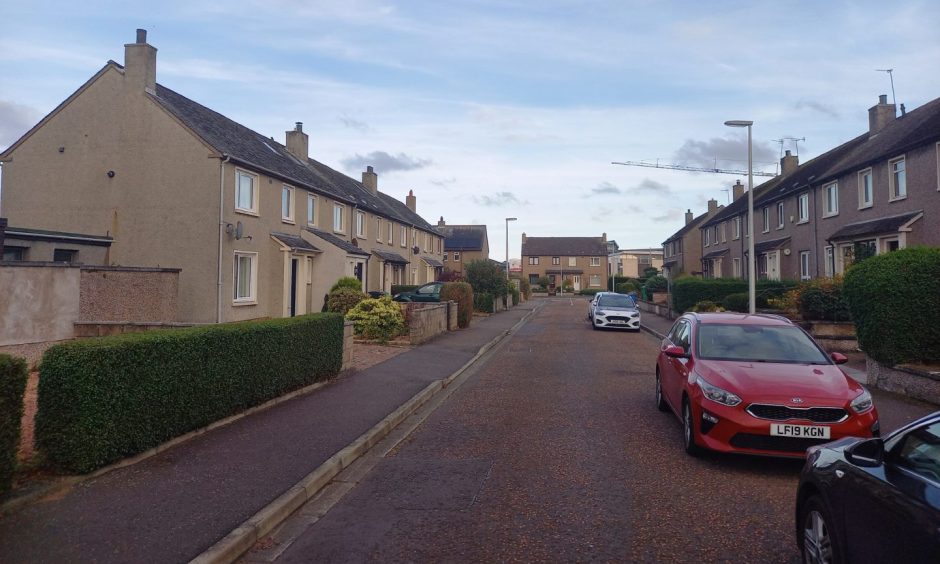
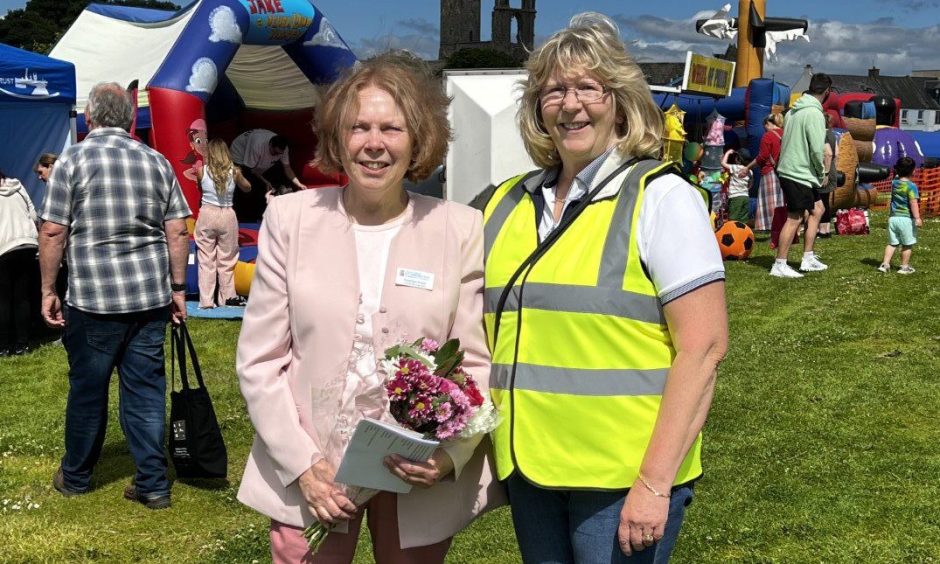


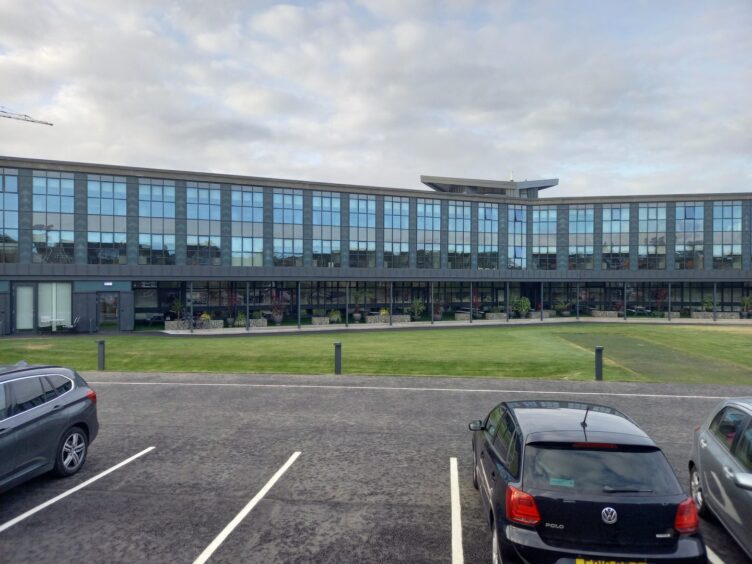
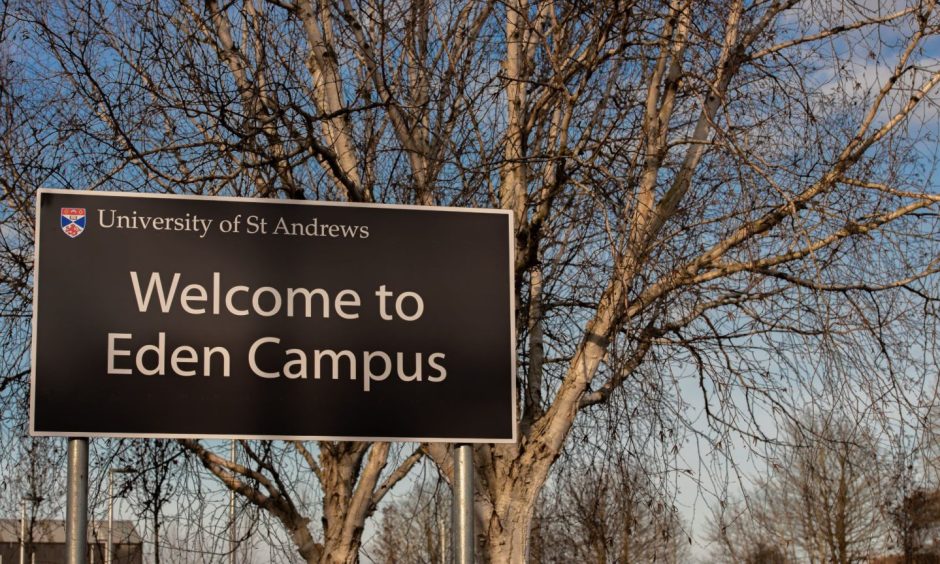


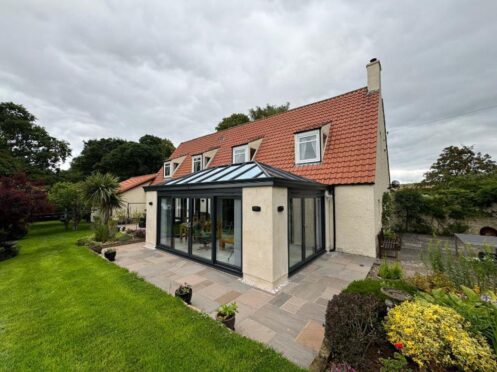

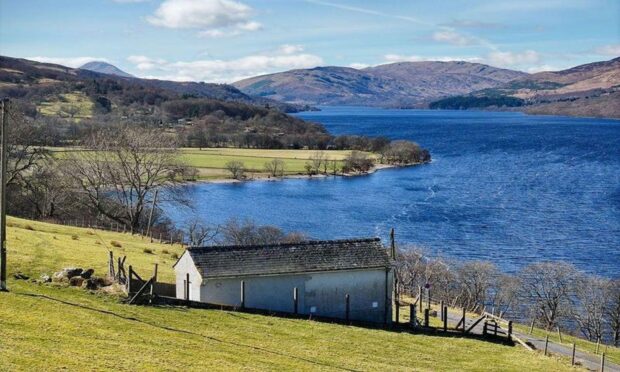


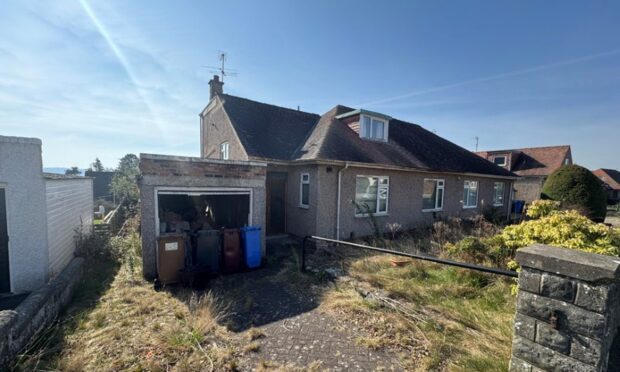

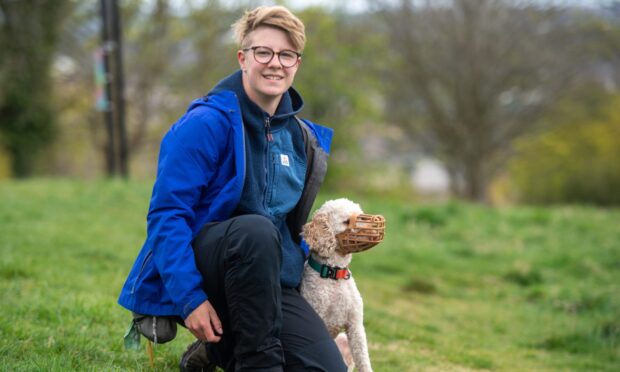
Conversation